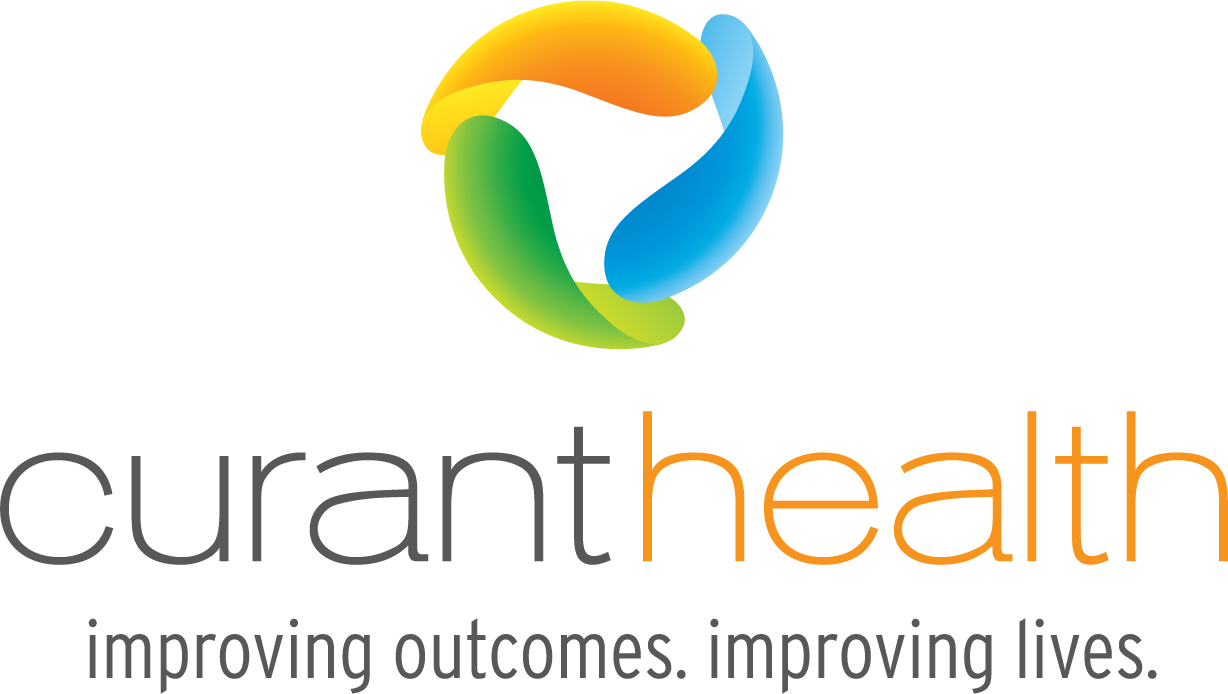340B – Good idea with unintended consequences?
If you are involved in healthcare, you have likely heard about the controversy surrounding the 340B program. You may have encountered arguments questioning the legitimacy of the program: it is doing what it should? Is the government watching this closely enough? And most frequently: is this benefitting the right people?
Although it was conceived in 1992, the 340B program has gained popularity since 2010 due to two main factors: the Affordable Care Act (ACA) including more eligible hospitals as covered entities, and Health Resources and Service Administration (HRSA) allowing for covered entities to have multiple contract pharmacies. Why did these provisions bring a higher level of interest in 340B? To put it simply, they ignited a widespread apprehension among some that the 340B program would be far too large with far too little oversight. For many critics, the potential lack of regulation suggested that the program would be ineffective, misused and ultimately unsuccessful in providing help to the target populations.
“Without data you’re just another person with an opinion”
Until recently, the growing speculation and distrust over 340B could not be refuted with quantifiable data. Although one could argue about the critical necessity of the program and the benefit it brings to the intended populations, there were no solid numbers to defend the recent expansion of the 340B program. Thankfully, we have finally seen a data-driven study to substantiate our long-held belief that the 340B program does benefit those who need it most.
"The 340B Discount Program: Outpatient Prescription Dispensing Patterns through Contract Pharmacies in 2012" was recently published in Health Affairs. This highly anticipated study assessed one major contract pharmacy for twelve months with the two main observations. The first observation compared the number of 340B prescriptions filled to the overall number of prescriptions, and the second looked at the typical patients receiving 340B drugs as well as the type of drugs they were receiving.
So, what did the study find? Several important things:
First off, the general magnitude of 340B is not as sizable as some may think. When the 2010 expansion occurred, the concern for the scope of the program was palpable. However, out of the 500 million prescriptions filled by the studied contract pharmacy in 2012, less than 0.5% were filled through the 340B program. This is a negligible amount when looking at the overall operations of a pharmacy.
The next finding discredited one of the major concerns that hospitals are a large and unwelcome presence in the 340B sector. According to the data, only 20% of 340B prescriptions that came through the pharmacy were from hospitals. The majority of prescriptions came from providers at tuberculosis clinics and FQHCs, or Federally Qualified Health Centers. What does this mean? Essentially, the 340B program is reaching the intended low-income, vulnerable populations and hospitals are not a domineering entity.
The final and perhaps most important implication of this study demonstrated how the majority of people benefitting from 340B are chronic disease patients. According to the data, an “overwhelming majority” of the 340B drugs filled over the course of 2012 were medications that treat chronic conditions such as high cholesterol, diabetes and asthma. Furthermore, nearly 80% of 340B drugs were filled for patients with HIV/AIDS.
As an organization dedicated to helping chronically ill patients through high-touch medication management, we found this last finding to be particularly promising.
Curant Health: Proud to offer comprehensive medication management services to patients with complex, chronic diseases
Curant Health is the nation’s largest independent 340B specialty pharmacy, and we proudly support the 340B program. Our 340B services make it possible for us to provide comprehensive medication management services to low-income, uninsured or underinsured patients with complex, chronic diseases. We work with many covered entities, fill medications for thousands of patients with a critical need for discounted drugs and have seen firsthand how the program is doing exactly what it was meant to do: serve vulnerable populations. Our focus on delivering high touch patient services has been proven to deliver improved health outcomes for patients with complex diseases.
Although there are valid concerns with program oversight and flaws in the system, the most important point to consider is that 340B is ultimately helping millions of chronically ill patients who could not survive without the program.
